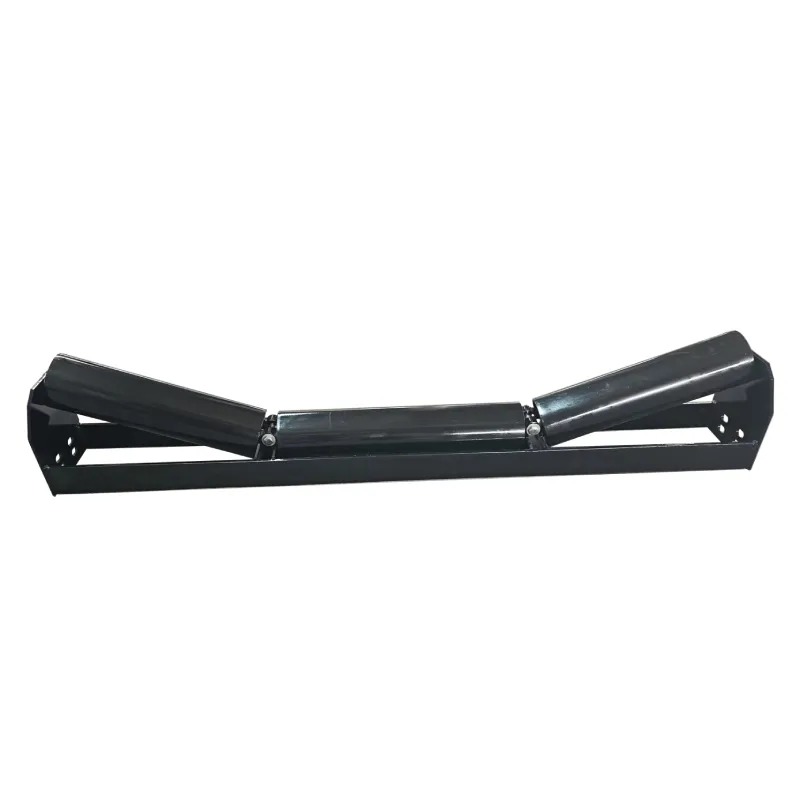 Afrikaans
Afrikaans  Albanian
Albanian  Amharic
Amharic  Arabic
Arabic  Armenian
Armenian  Azerbaijani
Azerbaijani  Basque
Basque  Belarusian
Belarusian  Bengali
Bengali  Bosnian
Bosnian  Bulgarian
Bulgarian  Catalan
Catalan  Cebuano
Cebuano  Corsican
Corsican  Croatian
Croatian  Czech
Czech  Danish
Danish  Dutch
Dutch  English
English  Esperanto
Esperanto  Estonian
Estonian  Finnish
Finnish  French
French  Frisian
Frisian  Galician
Galician  Georgian
Georgian  German
German  Greek
Greek  Gujarati
Gujarati  Haitian Creole
Haitian Creole  hausa
hausa  hawaiian
hawaiian  Hebrew
Hebrew  Hindi
Hindi  Miao
Miao  Hungarian
Hungarian  Icelandic
Icelandic  igbo
igbo  Indonesian
Indonesian  irish
irish  Italian
Italian  Japanese
Japanese  Javanese
Javanese  Kannada
Kannada  kazakh
kazakh  Khmer
Khmer  Rwandese
Rwandese  Korean
Korean  Kurdish
Kurdish  Kyrgyz
Kyrgyz  Lao
Lao  Latin
Latin  Latvian
Latvian  Lithuanian
Lithuanian  Luxembourgish
Luxembourgish  Macedonian
Macedonian  Malgashi
Malgashi  Malay
Malay  Malayalam
Malayalam  Maltese
Maltese  Maori
Maori  Marathi
Marathi  Mongolian
Mongolian  Myanmar
Myanmar  Nepali
Nepali  Norwegian
Norwegian  Norwegian
Norwegian  Occitan
Occitan  Pashto
Pashto  Persian
Persian  Polish
Polish  Portuguese
Portuguese  Punjabi
Punjabi  Romanian
Romanian  Russian
Russian  Samoan
Samoan  Scottish Gaelic
Scottish Gaelic  Serbian
Serbian  Sesotho
Sesotho  Shona
Shona  Sindhi
Sindhi  Sinhala
Sinhala  Slovak
Slovak  Slovenian
Slovenian  Somali
Somali  Spanish
Spanish  Sundanese
Sundanese  Swahili
Swahili  Swedish
Swedish  Tagalog
Tagalog  Tajik
Tajik  Tamil
Tamil  Tatar
Tatar  Telugu
Telugu  Thai
Thai  Turkish
Turkish  Turkmen
Turkmen  Ukrainian
Ukrainian  Urdu
Urdu  Uighur
Uighur  Uzbek
Uzbek  Vietnamese
Vietnamese  Welsh
Welsh  Bantu
Bantu  Yiddish
Yiddish  Yoruba
Yoruba  Zulu
Zulu Understanding the Role of Conveyor Belt Idlers in Material Handling Systems
Understanding Conveyor Belt Idlers Essential Components of Material Handling Systems
Conveyor belt systems are pivotal in various industries, providing a reliable method of transporting materials efficiently. One of the critical components in these systems is the conveyor belt idler. Idlers play a significant role in ensuring the smooth operation and longevity of conveyor belts. In this article, we will explore the function, types, and importance of conveyor belt idlers in material handling processes.
What are Conveyor Belt Idlers?
Conveyor belt idlers are rollers that support the weight of the conveyor belt and the materials being transported. They serve multiple purposes, including maintaining belt tension, guiding the belt along its path, and minimizing friction as the belt moves. The proper selection and placement of idlers are crucial for reducing wear and tear on both the conveyor belt and the drive components.
Functions of Conveyor Belt Idlers
1. Support Idlers provide essential support for the conveyor belt, allowing it to carry heavy loads without sagging. This support helps maintain the alignment of the belt, ensuring efficient material transport.
2. Tension Maintenance Idlers play a critical role in maintaining the correct tension of the conveyor belt. Proper tension is necessary to prevent slippage and ensure that the belt operates effectively under varying load conditions.
3. Guidance Idlers help guide the conveyor belt along its designated path. This is particularly important in complex systems where the conveyor may need to change direction or elevation.
4. Friction Reduction Idlers are designed to minimize friction between the moving belt and the rollers. Reduced friction translates to lower energy consumption and less wear on both the belt and the drive components.
5. Impact Absorption In many applications, materials are dumped onto the conveyor belt from considerable heights. Impact idlers are used in these scenarios to distribute the load and absorb shock, preventing damage to the conveyor system.
Types of Conveyor Belt Idlers
conveyor belt idlers

There are several types of conveyor belt idlers, each designed for specific applications and conditions
1. Conventional Idlers These are the most common types, featuring a simple design with a rotating roller that supports the belt. They can be found in various configurations, including trough, flat, and return idlers.
2. Trough Idlers Trough idlers have a curved shape that allows the conveyor belt to form a trough-like structure. This design is particularly useful for carrying bulk materials, as it helps contain the load and prevents spillage.
3. Impact Idlers As mentioned earlier, impact idlers are used in areas where materials are dropped onto the belt. They have additional cushioning to absorb the impact and protect the belt from damage.
4. Return Idlers These idlers are positioned on the return side of the conveyor belt. Their primary purpose is to support and guide the belt back to the loading point, ensuring a continuous cycle.
5. Self-Aligning Idlers These idlers automatically adjust to the belt’s alignment, preventing misalignment and reducing the risk of belt damage.
Importance of Conveyor Belt Idlers
The significance of conveyor belt idlers cannot be overstated. They contribute to the efficiency and reliability of the entire material handling system. By ensuring that the conveyor belt operates smoothly and effectively, idlers help minimize operational downtime and maintenance costs. Additionally, they enhance the overall safety of the conveyor system, as a well-maintained belt is less likely to malfunction.
Idlers also contribute to the longevity of conveyor belts, as proper support and guidance reduce stress and wear. This prolongs the life of the belt, ultimately resulting in cost savings for businesses.
Conclusion
In conclusion, conveyor belt idlers are essential components of modern material handling systems. Their roles in supporting, guiding, and maintaining the tension of conveyor belts are crucial for efficient operations in various industries. Understanding the different types of idlers and their specific functions can help businesses optimize their conveyor systems, leading to improved performance and reduced costs. As industries continue to evolve, the importance of reliable conveyor systems—and their components—will remain a key focus for enhancing productivity and efficiency.
-
Revolutionizing Conveyor Reliability with Advanced Rubber Lagging PulleysNewsJul.22,2025
-
Powering Precision and Durability with Expert Manufacturers of Conveyor ComponentsNewsJul.22,2025
-
Optimizing Conveyor Systems with Advanced Conveyor AccessoriesNewsJul.22,2025
-
Maximize Conveyor Efficiency with Quality Conveyor Idler PulleysNewsJul.22,2025
-
Future-Proof Your Conveyor System with High-Performance Polyurethane RollerNewsJul.22,2025
-
Driving Efficiency Forward with Quality Idlers and RollersNewsJul.22,2025





























